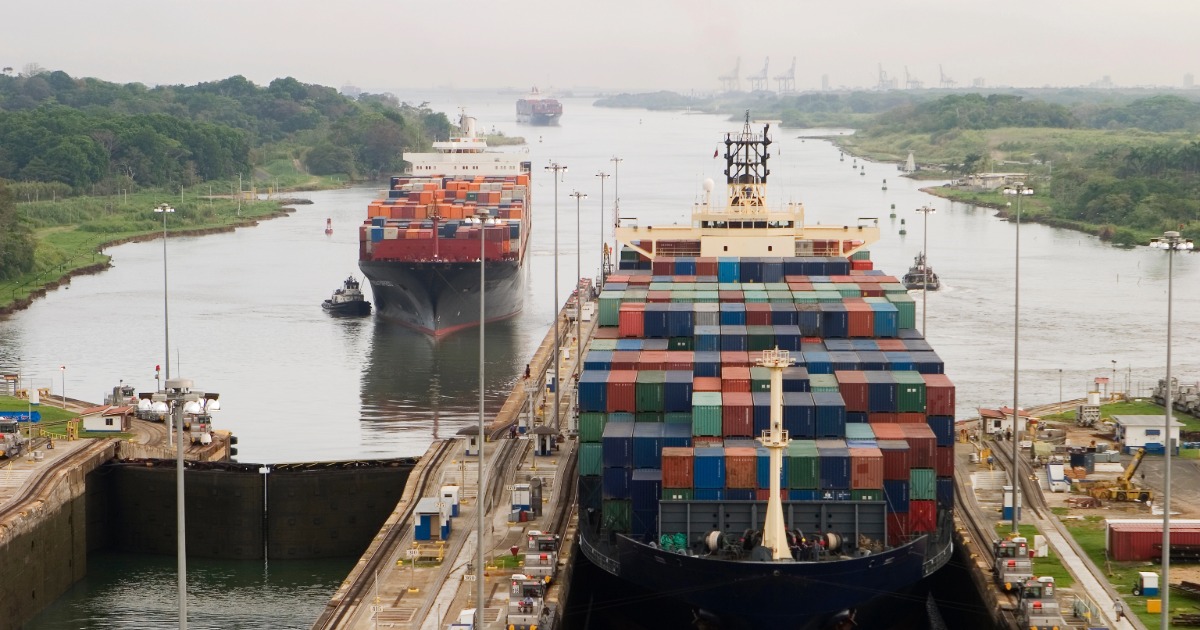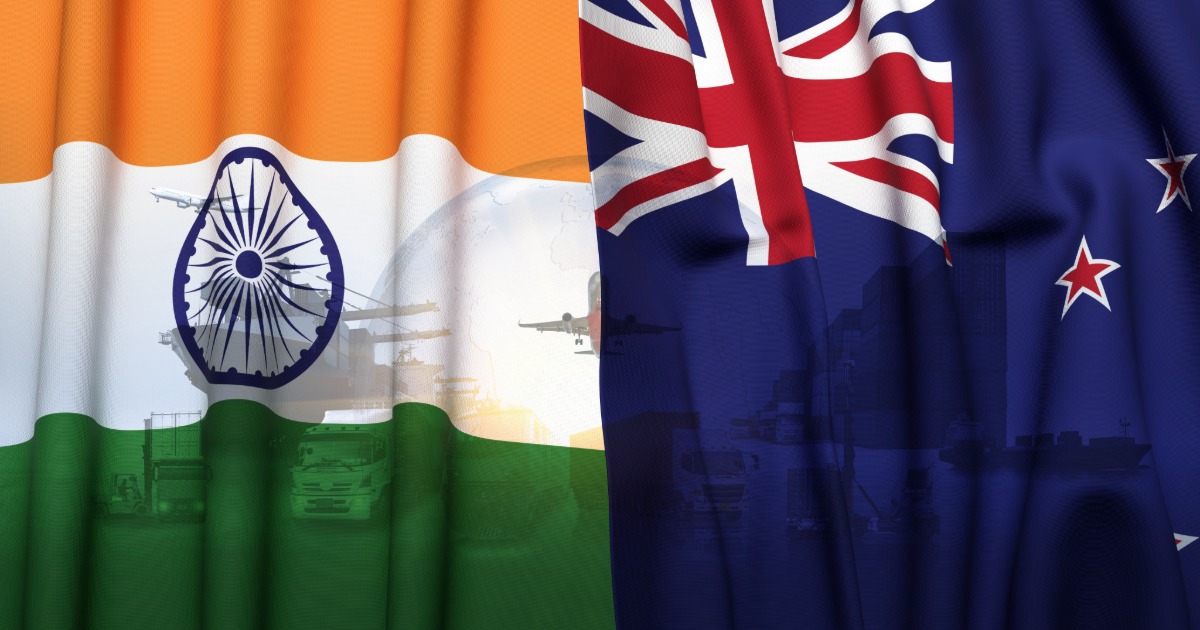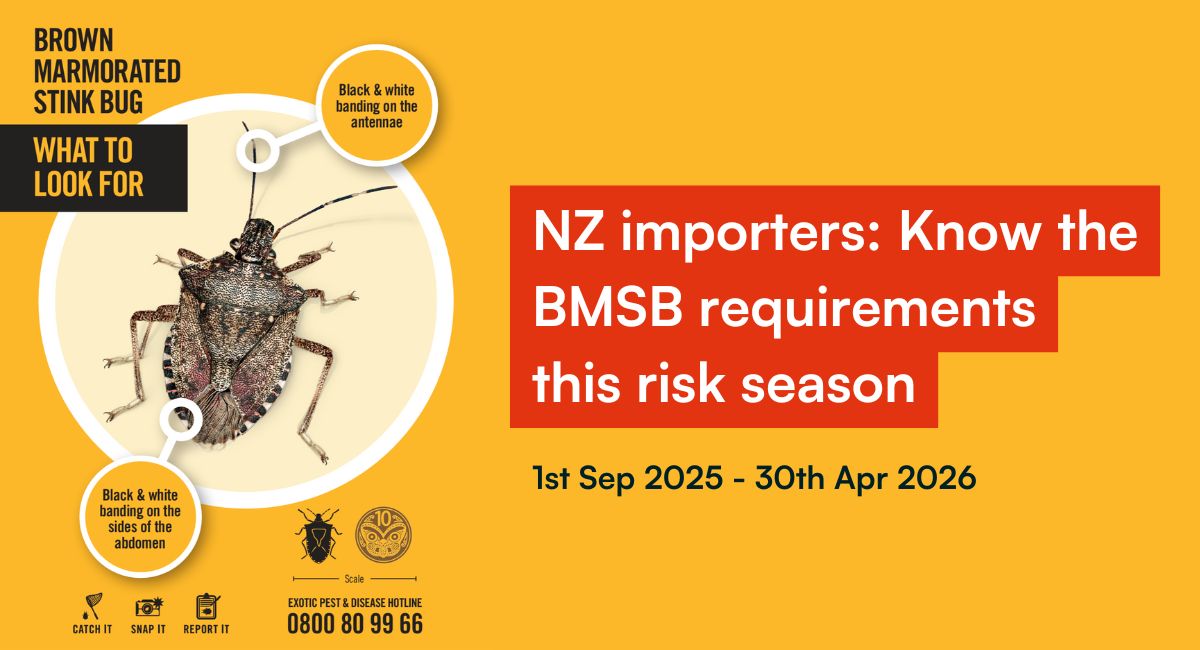Shipping Logistics from Europe to New Zealand

Shipping goods from Europe to New Zealand typically involves two main freight options: sea freight and air freight. Each method has distinct advantages depending on the nature of the shipment, budget, and required delivery time.
Navigating the complexities of international shipping can be a challenge, especially when moving goods from Europe all the way to New Zealand. This guide breaks down the two primary freight options – sea freight and air freight – helping you choose the best solution for your business.
Sea Freight (Most Common & Cost-Effective)
Sea freight is the most widely used option for transporting goods from Europe to New Zealand, particularly for bulk shipments. While slower, it offers substantial cost savings and scalability.
- Cost-Effective: Ideal for large or heavy shipments, sea freight is generally the most affordable transport option.
- Longer Transit Times: Shipments can take several weeks (typically 8–10 weeks), depending on the origin, route, and transshipment points. Notably effected by the closure of the Suez Canal and the detour around the Cape
- Flexible Container Options:
- FCL (Full Container Load) – Suitable when shipping large volumes.
- LCL (Less than Container Load) – Ideal for smaller consignments; you share container space with others.
- Delivery Services Available:
- Port-to-Port
- Port-to-Door
- Door-to-Door
Air Freight (Faster but More Expensive)
Air freight offers a significantly faster solution, particularly valuable for time-sensitive or high-value shipments.
- Fast Transit Times: Delivery typically takes between 3–10 days.
- Higher Costs: Air freight is more expensive per kilogram, especially for large or bulky items.
- Ideal for: High-value or urgent shipments
- Service Options: International Airfreight and courier service
Choosing the Right Shipping Option

Additional Considerations
- Customs and Biosecurity: New Zealand has strict import regulations—ensure complete and accurate documentation.
- Insurance: Highly recommended for both sea and air freight to cover potential damage or loss.
- Incoterms: Define responsibilities clearly (e.g., FOB, CIF, DDP) to avoid unexpected costs.
- Tracking and Support: Use providers offering end-to-end tracking and responsive customer service.
- Europe / NZ Free Trade : New Zealand businesses now have preferential access to nearly 450 million consumers through the New Zealand European Union Free Trade Agreement. From day one of implementation (1 May 2024) 91% of New Zealand’s goods exports to the EU will be duty-free, while all goods imported from the EU have become duty-free. This increase in supply chain flexibility will allow New Zealand businesses to better adapt to fast-changing environments and events.The European Union is New Zealand’s fourth largest trading partner, culminating in over NZ$20 billion in two-way trade in 2023.
Logistics Partners
As a New Zealand owned and operated business, at Gateway Cargo we have a well established network of like minded local logistics providers who can help you with your shipments. Get in touch today, contact darron@gatewaynz.co.nz











%20copy.webp)


















.jpg)













